Lingyan Mountain Temple, Guanwagong Heritage Park
★ Tourist location: Lingyan Mountain Temple in Lingyan Mountain, Suzhou
My friends are more interested in granite and seem to not want to leave for a while. So, although we had already been to Lingyanshan Temple, I still decided to go in and take a walk by myself. I scanned the QR code at the door and spent one yuan on the Mini programs to buy tickets.
Entering the mountain gate, there is the Jialan Hall next to it, which is dedicated to the Dharma Jialan. It is a transliteration of Sanskrit and is also translated as Dianjialanmo. There is a saying in Buddhism that there is eighteen temples, but generally only one person is enshrined in the Temple. I was a little confused because Jialan's image was too similar to Guan Gong. Later, I learned that although Kalan was passed down from India, it originally referred to architecture. The "Futu Temple" built by Zuo Rong in Xiapi, Xuzhou in the late Eastern Han Dynasty was Kalan. The structure of gold plates on the top and buildings on the bottom became the basic tower type of early stupas in my country. Later, in Chinese Buddhism, Guan Gong was often regarded as the god of Jialan. After the Tang Dynasty, the patriarch of Tiantai Sect, Master Wise, went to Jingzhou to meet Guan Di and led his ghosts and gods to appear. Master Wise had profound Buddhist teachings and educated Guan Di. From then on, Guan Di became a disciple of Buddha and became the patron saint of Buddhist temples. God Jialan God.
The Buddhist hall next to it is dedicated to the Bodhisattva of the Great Trend. There are also two Bodhisattva beside him. One is the Samannah. However, he did not sit on the white elephant, but fell on the lotus platform like the Bodhisattva on the other side. I think that the Bodhisattva without a sign in front of him should be Manjusri. The two Bodhisattva are generally worshipped on both sides of Buddha Sakyamuni, Jiao Bu Li Zhong and Zhong Bu Li Meng. Although Manjusri Temple in Dayangshan provides Manjusri, it has also cast a similar statue of Samantabhadra.
The Medicine Master Hall is also known as the Medicine King Hall. It is dedicated to the Medicine Master Buddha, the leader of the Eastern Pure Glass World. It is also known as the Medicine Master Buddha, the Medicine Master Glass Light King Tathata, the Great Medicine King Buddha, the Medicine King Shanshi, and the Twelve Wishes King. There are usually Sunlight and Moonlight Bodhisattva on both sides of him. They are the two major threats of Medicine Master Buddha.
The Buddha statues in Daxiong Hall are all plated with golden bodies. There is a lane next to you to the Duobao Pagoda. There is a torn wall covering in the corner showing inscriptions. Maybe there are many inscriptions on this wall. I don't know if it was in a special era. The wallpaper used to protect the inscriptions was covered during later repairs.
The pagoda is the place where the Three Treasures depend and is the Buddha's Dharma Body. Many believers will circle the pagoda. However, there is a rule for circling the tower: you must circle it to the right, that is to say, circle it clockwise. Even if we just unintentionally go around the tower, it will be enough for us to gain something. If you turn it counterclockwise, not only will you have no merit, but you will also have a very big mistake.
There is a stone statue enshrined in the tower, without a golden body. It sits cross-legged on a lotus platform with hands placed in front of its chest. The knees had been polished until they were shiny, so they should not have been covered by glass.
Coming out of Daxiong Hall, there is a door on the right leading to the Lingyan Mountain Temple Garden. Suzhou is famous for its gardens, and even temples have garden-style buildings. We came here last time, but because the time was short, we only took a rough turn and finished it. Although this garden is not big and not as exquisite as the four famous gardens, it always leaves a little regret. Since I have the opportunity to visit again, I naturally have to go.
Outside the door is a small stone bridge, with cloud patterns on both sides of the bridge railing, giving this flat stone bridge a little more flavor. The small bridges in the garden are basically not arched, probably because the river is narrow and the bridge is short.
The garden was originally the ruins of Waguangong, also known as the Guanwagong Ruins Garden and the Hilltop Garden. Legend has it that King Fuchai of Wu built Guanwa Palace on the top of the mountain for Xi Shi. Sikong Lu Wan lived on this mountain in the Eastern Jin Dynasty, and later turned his house into a temple. During the Tianjian period of Emperor Wu of the Liang Dynasty in the Southern Dynasties, Buddhist monks from the Western Regions came to the mountain and were awarded a plaque with the inscription "Zhiji Bodhisattva Manifestation." During the Ming and Qing Dynasties, it was rebuilt many times. It was destroyed by soldiers in the ten years of Xianfeng, leaving only a Duobao Pagoda.
Legend has it that the Huanhua Pond is the place where Xi Shi rowed to pick lotus flowers. However, this pond is too small, and the rafting is too cramped? There is a wall on the west of the pool. It is said that it was built by King Helu of Wu, and the stones are built in the shape of ice patterns. There were four-color lotus flowers in history. Later, Humble Administrator's Garden sent red and white lotus flowers to plant them in lotus jars and breed water lilies. It can be regarded as living up to the name of washing flowers. However, there are no flowers to see now, so I can only look at the lotus tanks.
Legend has it that the Wanyue Pool was built by King Fu Chai of Wu for Xi Shi to play with the moon. The moon is reflected in the pool. I don't know what kind of scene it will look like, but there seems to be no data to point out its strangeness. It's probably just a moon in the sky and water.
The wells of Wuwang Well and Zhiji Well are both very large, so perhaps it is more appropriate to call them railing. The former is circular and the latter is hexagonal. Located on the top of Lingyan Mountain, the well is surrounded by granite. There are many cracks and pores in the rock. Part of the rainwater will penetrate into the cracks and pores of the rock and be preserved in the form of diving. Diving water is affected by atmospheric precipitation, and the water level will change slightly.
It is said that the Well of the King of Wu was a relic of the Wu Palace. There were no mirrors in ancient times. Xi Shi used the well as a mirror here to arrange flowers and make up. To say that the eyesight of ancient people was really good. They were actually able to dress up in the well water.
The Zhiji well is now full of weeds, which was dug by Master Zhiji of the Liang Dynasty in the Southern Dynasties. It is said that the spring water in the well is sweet, and using spring water to make tea is a favorite thing for ancient literati and literati. Of course, the eminent monk also likes this.
There is a rockery in the north of the well, but this scale is far worse than that of the Lion Grove. It is definitely not necessary to get lost in the rockery. There is a longevity pavilion above it. It is said that this is the place where Xi Shi dressed.
Qintai is the highest point of Lingyan Mountain. It is said that Xi Shi played the piano here. The word "Qintai" is engraved on the stage, and the stone carving of "Wuzhong Victory" is written by Wang Ao of the Ming Dynasty.








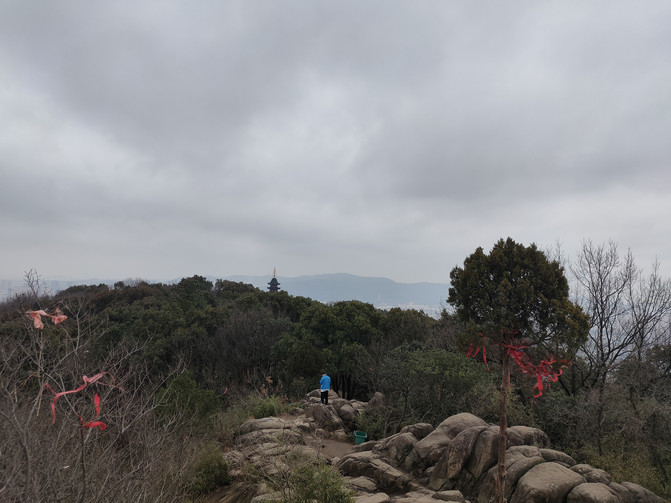
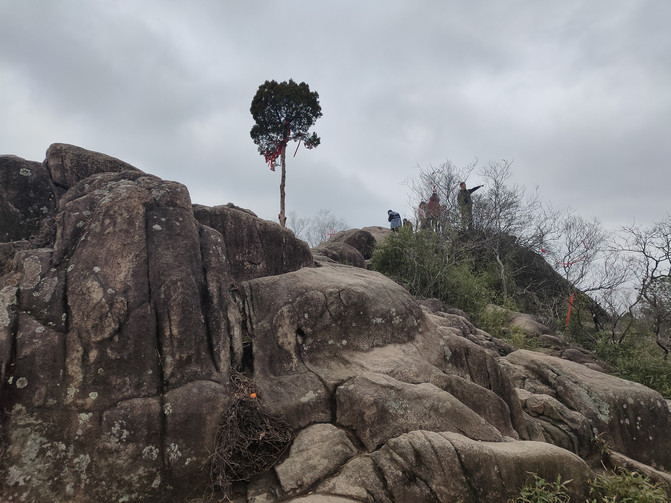


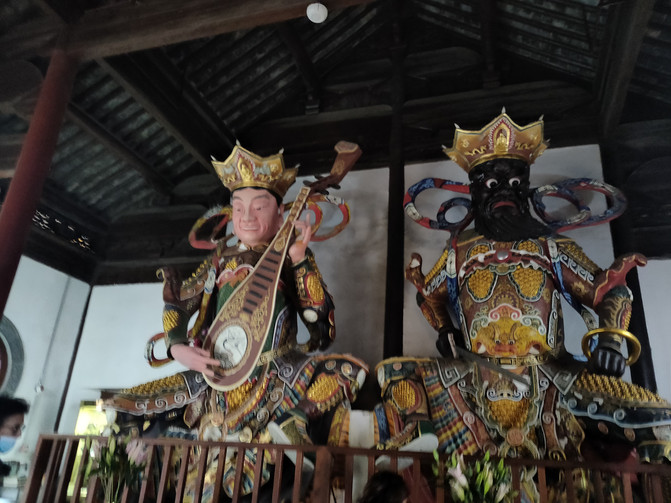









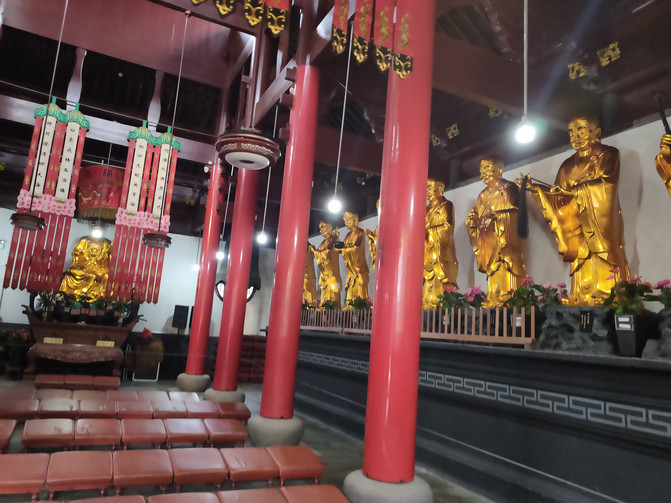




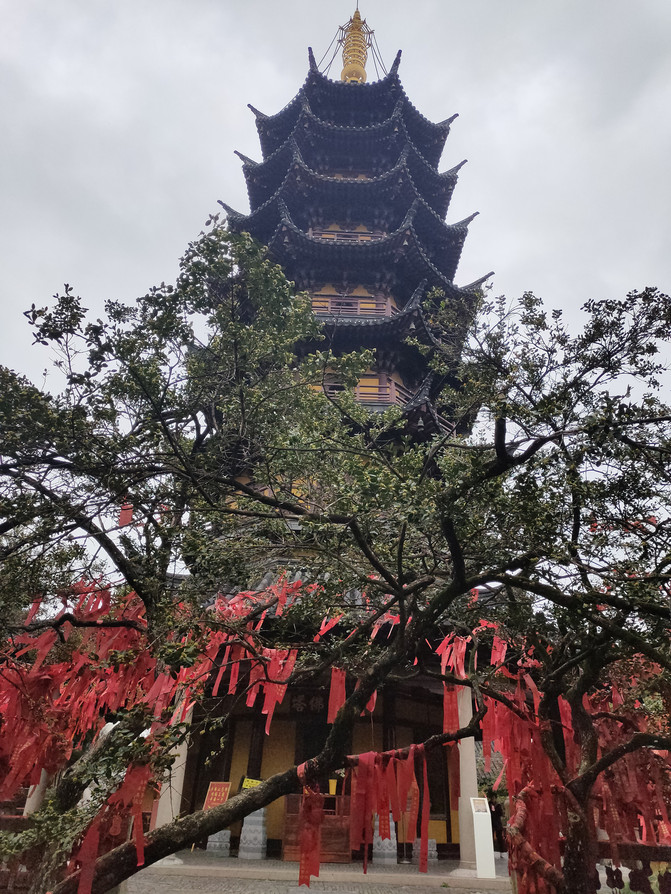


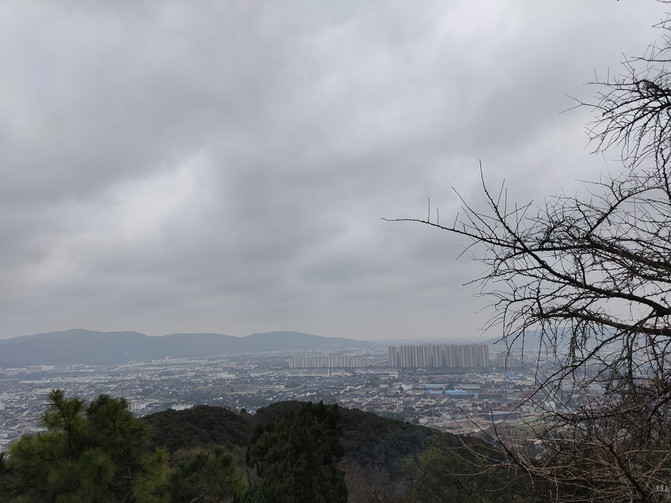














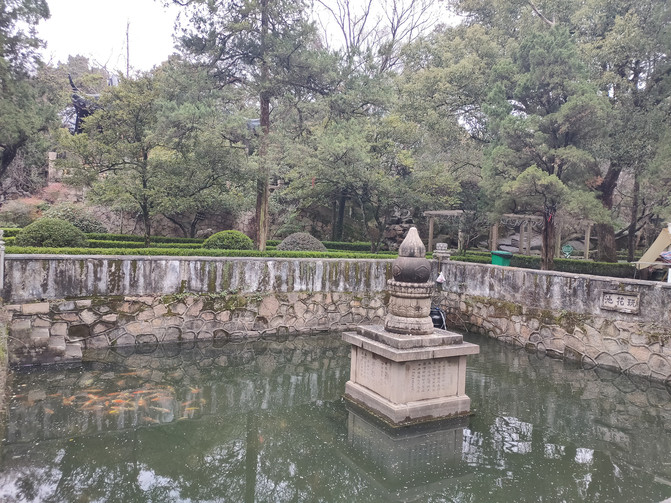






















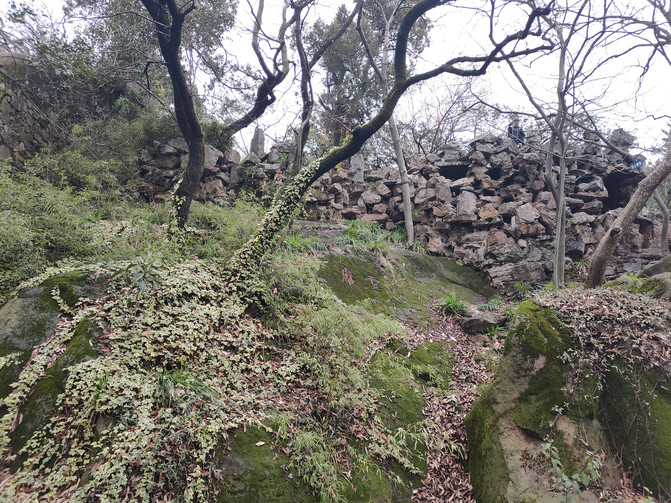

Previous Article:Qionglong Mountain, the first peak in Suzhou (2)
Next Article:Lingering Garden, the crown of the famous gardens in Wuxia (Part 2)
